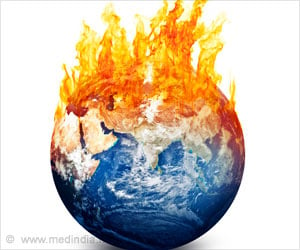
Study researcher Sarah Kapnick, a postdoctoral researcher in atmospheric and ocean sciences at Princeton University, gave reasoning for why you can have increased snowfall in a region and have increased glaciers or stable glaciers in a warming world.
She and her colleagues collected data on recent precipitation and temperatures from the Pakistan Meteorological Department and other sources, including satellite data. They combined this information with climate models to track changes in three regions of the Himalayas between 1861 and 2100: the Karakoram; the central Himalayas; and the southeast Himalayas which included part of the Tibetan Plateau.
The researchers found that a new model that simulates climate down to an area of 965 square miles (2,500 square kilometers) was able to match the observed temperature and precipitation cycles seen in the Karakoram. A model used by the Intergovernmental Panel on Climate Change (IPCC) to simulate what will happen if the world continues to emit greenhouse gases at current rates was unable to capture these seasonal cycles, Kapnick said.
The reason, she said, was that the IPCC and other climate models are lower-resolution, capturing climate change over areas no finer than about 17,027 square miles (44,100 square km). The coarser resolution "smoothes out" variations in elevation that works fine for the central Himalayas and southeast Himalayas. However, the Karakoram region has more elevation variability than the other two regions.
Ultimately, the result is that the IPCC and other models overestimate the amount of warmth in this region, Kapnick said.
Advertisement








